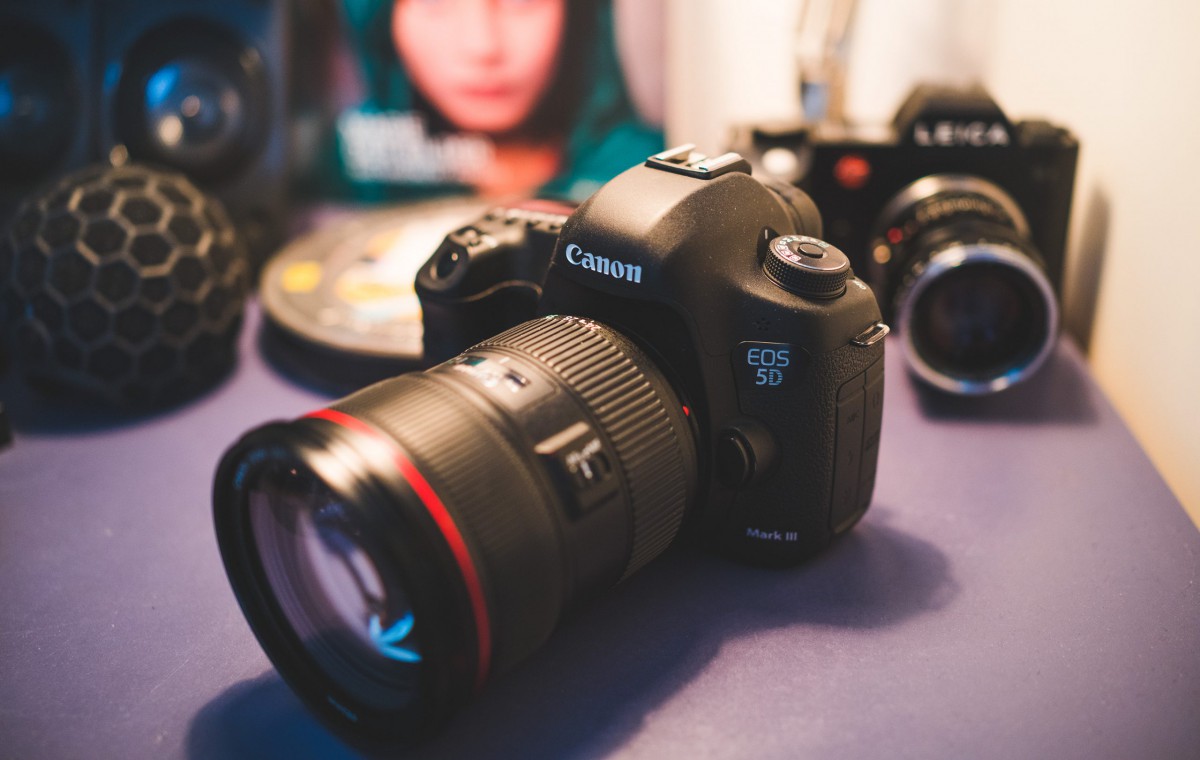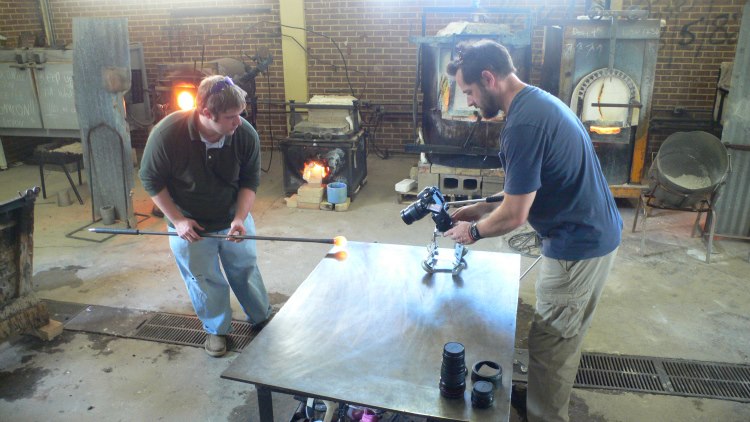
In the dark it’s really easy to mispress buttons on the 6D. All three of these buttons are placed for easy access to your thumb, but all of them are flush with the body and have no tactile feedback whatsoever. I’ve had this camera for a year and you would think that I’d have gotten used to where all the buttons are placed, but it’s surprisingly easy to accidentally press the “Q” button when you mean to press the “Magnify” button, or press the “Magnify” button when you meant to press the “Q” button. When shooting photos in the dark, it’s impossible to know what you’re pressing. The buttons are spongy. For normal operation, this is never a problem.Strangely, the cheaper APS-C offerings by Canon, the EOS 60D and EOS 70D both have tilt screens. With the 6D you’ll find yourself on your stomach trying to look at the LCD when it’s this low to the ground. Since astrophotography usually calls for photos with more than half of the frame featuring the sky, it’s very common to place the camera in a low position so that your foreground subjects are situated against the sky.


But when it comes to astrophotography in particular, the lack of a tilt screen makes composition and focusing much harder when the camera is positioned low to the ground. It seems like a trivial point to make since tilt screens are usually associated with cheaper cameras and most professional level cameras aren’t expected to have a tilt screen. This is honestly the most annoying aspect of this camera. There are plenty of other articles that compare the 6D to its current generation rivals. This isn’t a comparison post or a pixel peeping post, it’s merely my opinions about the 6D. At the end of the article you’ll find some of my favorite photos from the 6D from the last year. I’ll start with what I don’t like and then I’ll move on to what I love. This review will be a quick overview of my thoughts on using the 6D as my primary camera for astrophotography. I would argue the 6D is one of the best full-frame cameras you can buy for astrophotography. It’s still Canon’s cheapest full-frame camera in production.


I’ve had the pleasure of using the Canon EOS 6D for over a year. My review of the Canon EOS 6D: one of the best full-frame cameras for astrophotography Canon 6D with Rokinon 14mm/2.8 and 24mm/1.4, one of my favorite full-frame set ups for astrophotography


 0 kommentar(er)
0 kommentar(er)
